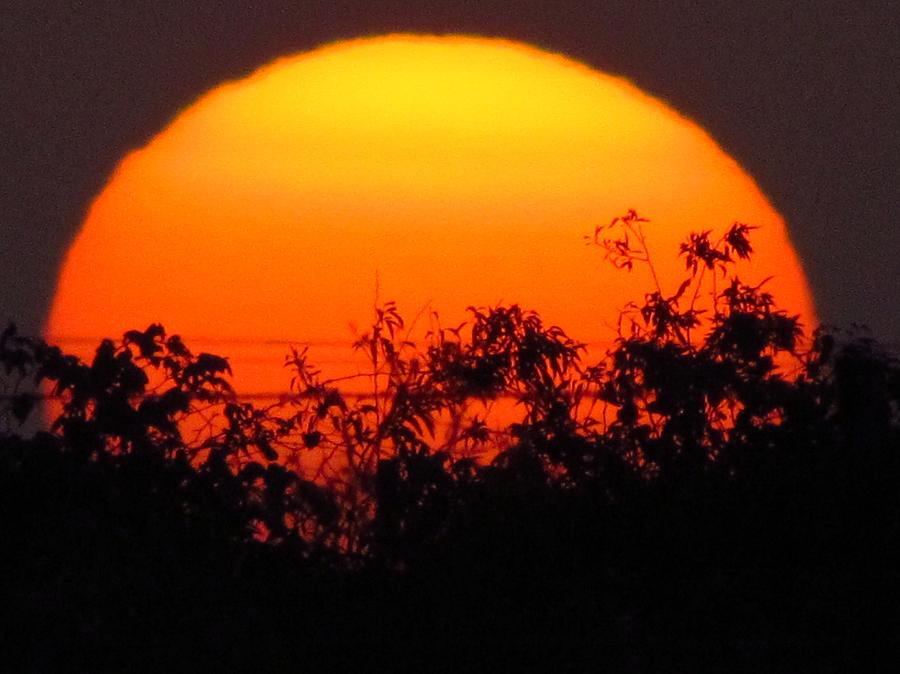There are many country holds this tradition too. Javanese is the most notable and rooted of their traditional batik. It all started when the Sumatrans and Javanese have moved to Malaysia.
There are some examples of the batik in Malaysia:
Notice that all of them are only Fauna
While I have arrived there I was very exciting. I quickly look around and took some photos. Later there was a worker explaining how to make a batik. After the explanation we can start to do our batik freely.
This is the board of making the batik and the original batik.
Me, Karen Jing Er and Janice :)
Colors for batik
Production of my Friends
Artwork from the batik centre
And this is my PRODUCT! :)
Title: Dancing Tulips
The elements that I have used on my
batik are tulips, tendrils, leaves and sun. I have the idea of making stained
glass technique on the batik. I wanted to let the viewer to have a positive and
happy feeling while looking at my work. So I have use the purple color for the
tulips. For the stem, tendrils and leaves are in green color. For the color of
the background is orange. Orange color can elevate moods too. I have drawn some
polka dots around the background which is the sun.
Tulips are originated centuries ago in Turkey,
where it played a significant role in the art and culture of the time. The
Turks cultivated them in flower beds and window boxes and they used the flowers
as patterns on textiles and rugs, ceramic tiles, buildings and fountains and
even, especially in the case of women, on tombstones. Their name for the tulip
was lale, but another Turkish word, dulband, or "turban," is the
origin of our English name, presumably because of the flower's shape. As
Europeans began taking to tulips, the flower's popularity spread quickly,
particularly in the Netherlands where a phenomenon dubbed tulip mania set in at
one point during the 17th century. It soon gained major
popularity as a trading product, especially in Holland. Tulips became so
highly-prized that prices were sent soaring, causing markets to crash. Different
varieties do grow wild in North Africa and from Greece and Turkey all the way
to Afghanistan and Kashmir. Very occasionally they are even found in southern
France and Italy, usually in vineyards or on cultivated land, which has led
some botanists to speculate that they may have been brought back by the
Crusaders. Tulips are now grown throughout the world, but people still identify
cultivated varieties as "Dutch tulips. The meaning of tulips is generally
perfect love. Like many flowers, different colors of tulips also often carry
their own significance. For purple it symbolizes royalty. The tulipan “have little or no smell, but are admired for
their beauty and variety of color."
Orange combines the energy of red and
the happiness of yellow. It is associated with joy, sunshine, and the tropics.
Orange represents enthusiasm, fascination, happiness, creativity,
determination, attraction, success, encouragement, and stimulation. To the
human eye, orange is a very hot color, so it gives the sensation of heat.
Nevertheless, orange is not as aggressive as red.
It was really fun and I'm glad that i have made my own batik. It makes me know more about our own country. That's about it! thanks! :)
It was really fun and I'm glad that i have made my own batik. It makes me know more about our own country. That's about it! thanks! :)







